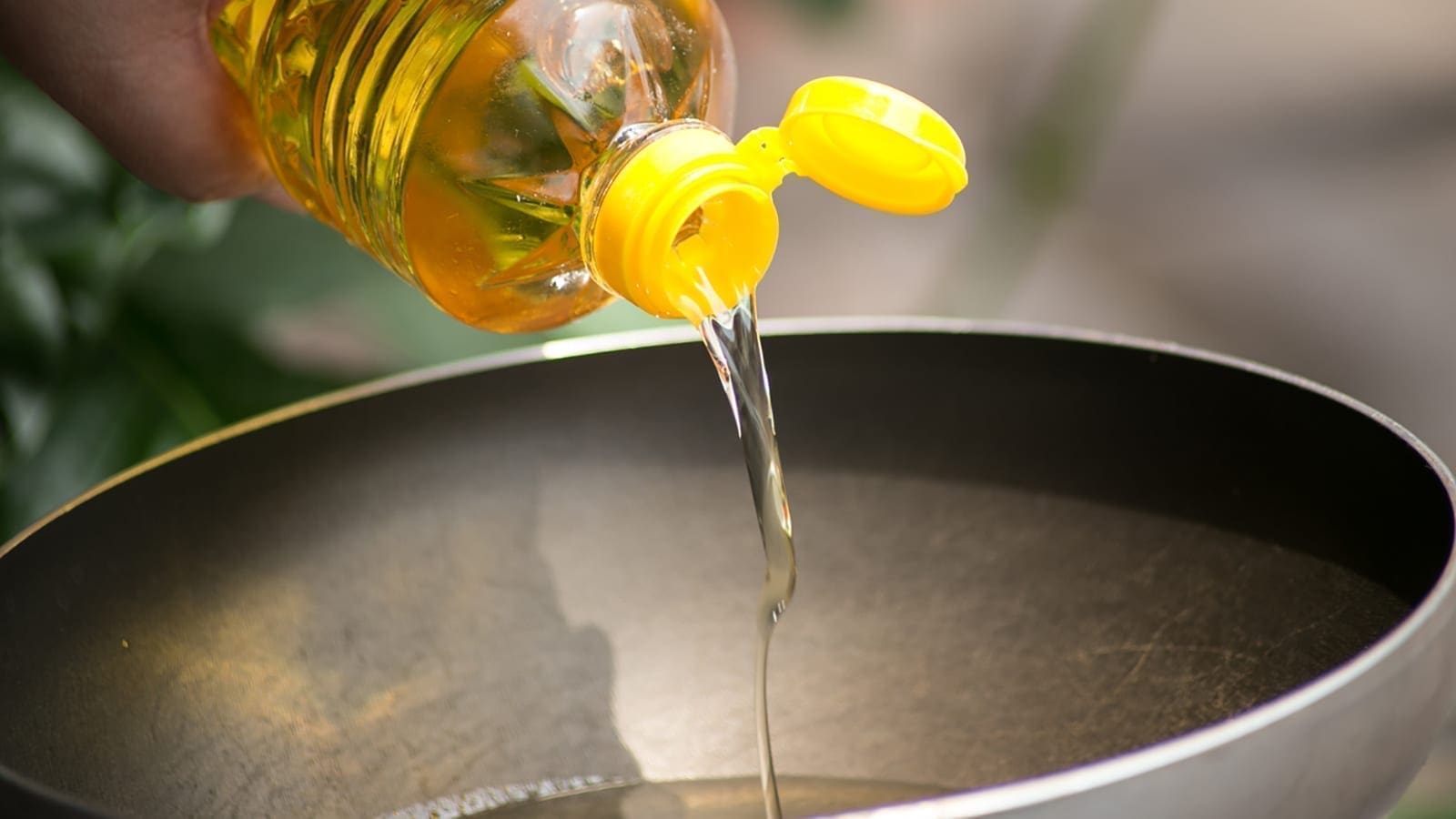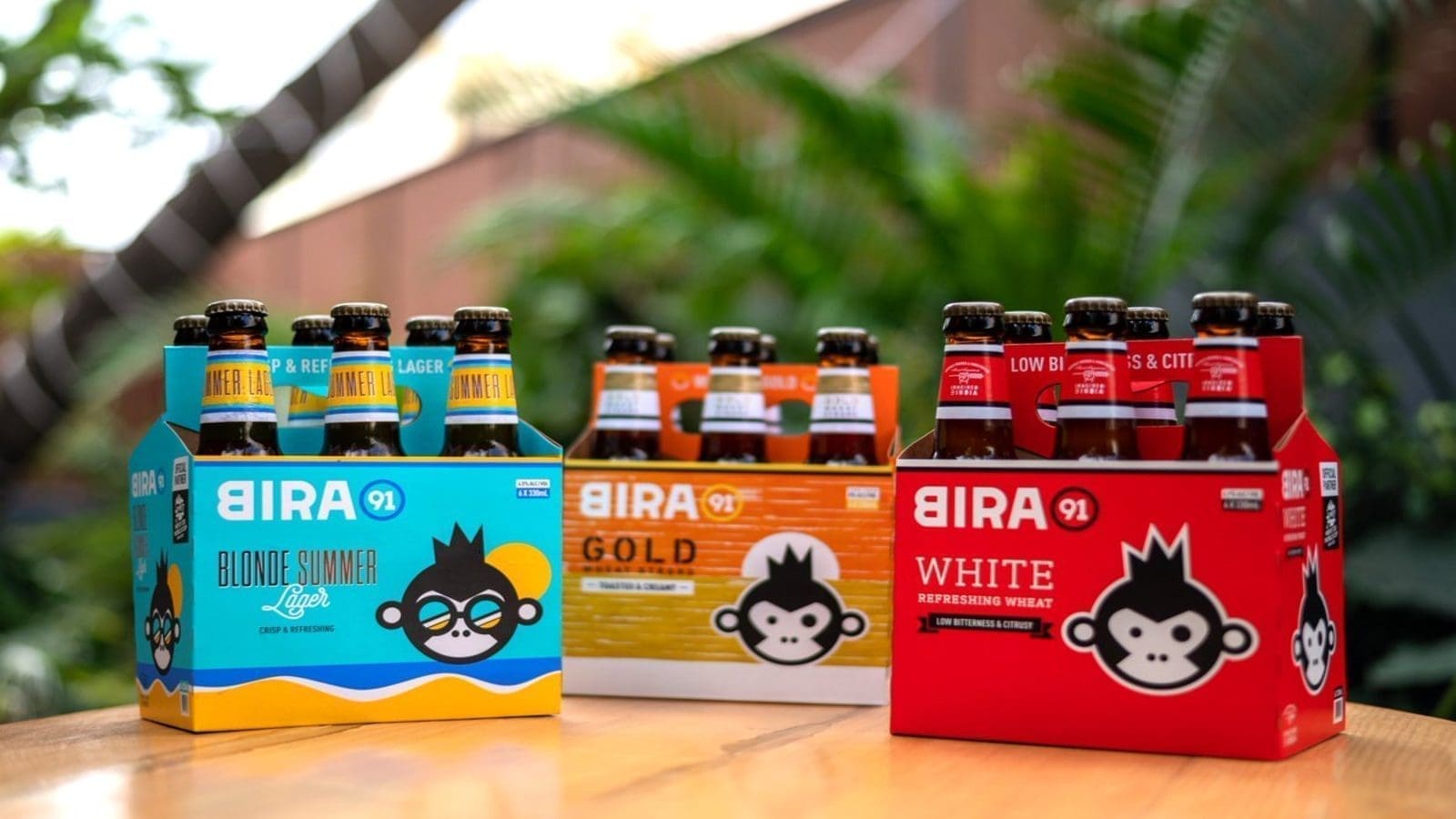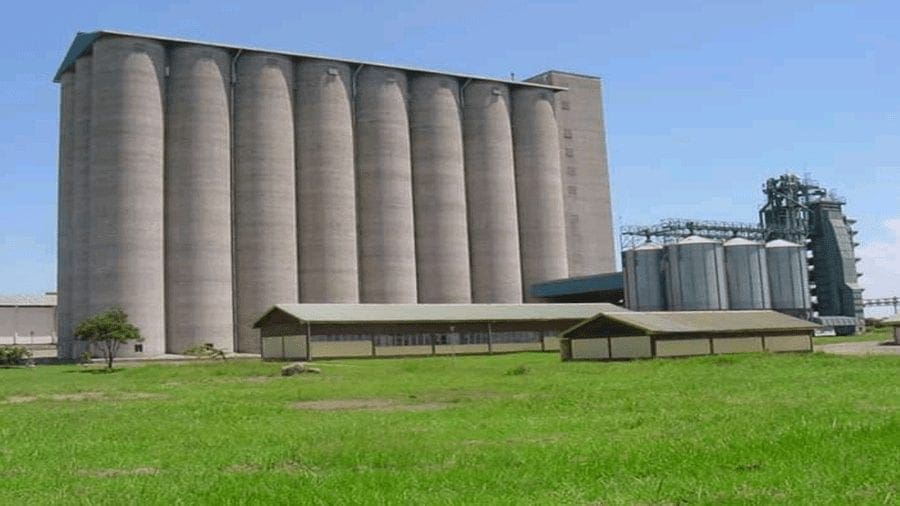EUROPE – The European food industry has been caught flatfooted by the European Commission’s new limits for the presence of mineral oil aromatic hydrocarbons (MOAH) in food products.
The limits published by Europe’s Standing Committee on Plants, Animal, Food, and Feed are effective immediately, leaving little to no room for food manufacturers to comply.
Instead of opting for maximum limits, the committee in its publication outlined stricter limits of quantification (LOQ), separating food categories into three levels.
For dry foods with a low fat/oil content of equal to or less than 4%, 0.5mg/kg of MOAH is permitted; for foods with a higher fat/oil content, of more than 4%, 1mg/kg of MOAH is permitted; and 2mg/kg of MOAH is allowed for fats and oils.
The declaration follows a campaign by consumer organisation foodwatch urging the Commission to establish legally binding limits for MOAH in food products.
MOAH are toxic contaminants suspected to be carcinogenic and genotoxic, and as such, takes a zero-tolerance stance – deeming ‘any detectable presence’ in a food product ‘unacceptable’.
MOAH food contamination can occur via food packaging materials, food additives, processing aids, or via environmental contaminants such as lubricants.
Last year, a foodwatch analysis of 152 products from Austria, Belgium, Germany,and the Netherlands revealed that one in eight products tested was contaminated.
European Food Safety Authority’s opinion has not yet been published and is expected at the end of the year, but the Commission has decided not to wait and now requires all food products in Europe to abide by the new LOQs.
Products that fail to comply risk being withdrawn from the market, depending on how stringently the Member States enforce the Commission’s rule.
If the new levels are applied ‘immediately and consistently’ across the industry, food lawyer Cesare Varallo is concerned the impact on manufacturers could be ‘devastating’.
“It’s a tough move for industry,” he said, “especially in the catastrophic economic situation we have right now, with rising production costs and scarcity of oils.”
Foodwatch, on the other hand, believes the Commission’s decision to set new limits effective immediately was ‘absolutely’ fair to the industry.
“In our last set of tests, we tested 152 products, 19 were contaminated (12.5%). This means that the vast majority of food manufacturers know how to ensure their foods are free from detectable MOAH,” Matthias Wolfschmidt, international strategy director at foodwatch, told FoodNavigator.
“The ones who are not dealing correctly with this issue are the companies who are trying to save money instead of implementing the necessary safety standards for consumers.”
But since the watchdog has zero-tolerance for MOAH, it does take issue with the LOQs established and prefers if the rules said that no detectable MOAH can be present in any foodstuff in the European Union.
“The 2mg level in plant oils is too high. When we are talking about dangerous contaminants, any detection by valid analytical methodology must mean that the foodstuff must be taken off the shelves.”
The silver lining for food operators, according to food law expert Varallo, is that enforcement is the responsibility of Member States, rather than the Commission itself.
There is a chance that the declaration will not be supported by national enforcement authorities, Varallo said, adding that the new levels are perceived as ‘provisional’, depending on the much anticipated EFSA’s opinion, the levels could well change.
Liked this article? Subscribe to Food Business Africa News, our regular email newsletters with the latest news insights from Africa and the World’s food and agro industry. SUBSCRIBE HERE.










